Deburring is a process that involves removing unwanted raised edges, or burrs, from metal parts. The presence of burrs can cause injury, reduce the performance of the part, and damage the equipment in which the part is installed. Read More…
OTEC Precision Finish, Inc. is a world-class supplier of mass finishing equipment and supplies. Our primary products include centrifugal disc, drag and stream finishing machines to meet all of your deburring, polishing, grinding and honing requirements.
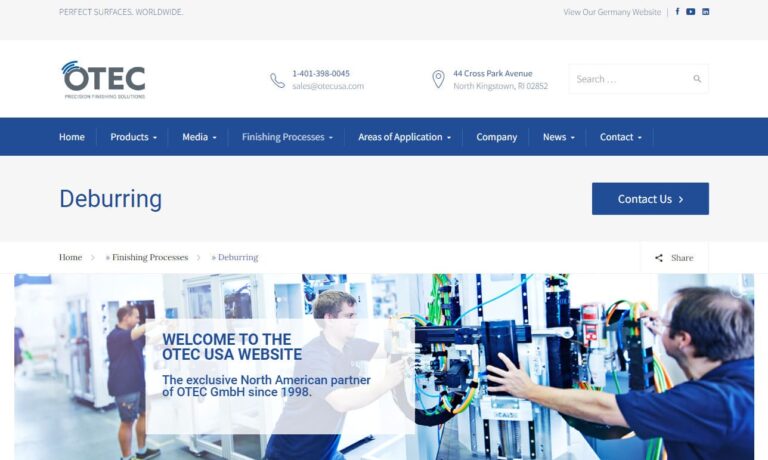
Raytech Industries specializes in the manufacturing and sales of high-quality metal finishing equipment. Raytech offers vibratory tumblers, magnetic finishers, parts separators, finishing compounds, and finishing media. Raytech is an American-owned company and has been serving the needs of the industry since 1958 through our quality and innovative products.
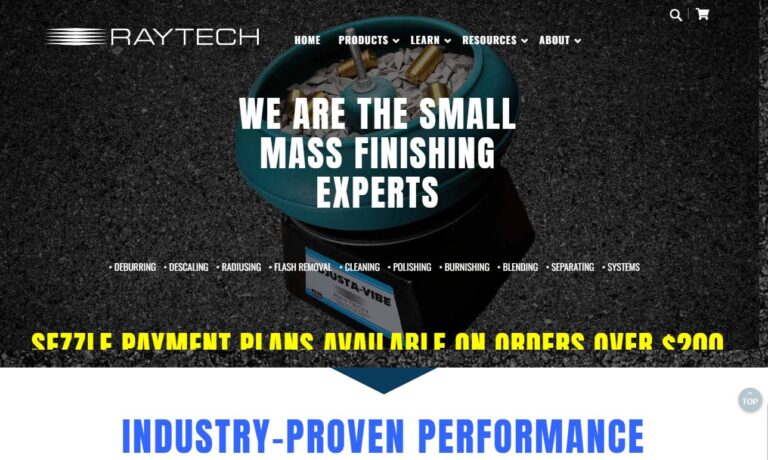
Great Lakes Finishing Equipment, Inc. is a leading supplier of the deburring equipment, machines, and supplies for all your mass finishing projects. This equipment includes continuous systems, vibratory bowls, tubs, and high energy centrifugal barrel machines. Let our deburring specialists work with you to find the best deburring machinery for your project.
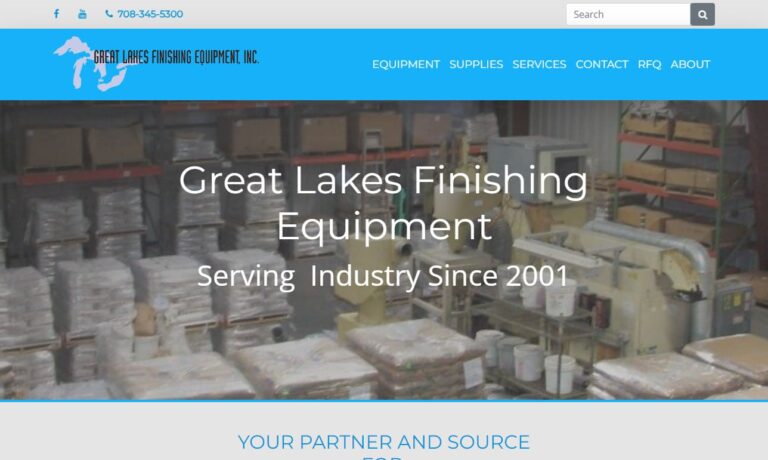
The Deburring Company is committed to providing superior service by using today's innovations to produce the highest quality product in a safe and efficient environment. The Deburring Company conforms to the ISO 9001-2000 requirements and implements continuous improvement efforts to ensure customer satisfaction.

More Deburring Machine Manufacturers
What are Deburring Machines?
Deburring machines are machines designed to remove burrs and other imperfections from metal parts. They are used in various industries, including aerospace, automotive, electronics, and medical devices. These machines use a combination of cutting, grinding, polishing, and other methods to achieve a smooth surface finish.
Components of a Deburring Machine
Deburring machines are composed of several components that work together to remove burrs from metal and plastic components. One of the key components of a deburring machine is the abrasive media. Abrasive media can be made of different materials, including ceramic, plastic, and steel. They come in different shapes and sizes, such as cylinders, cones, and triangles, to match the contours of the parts being deburred. Another essential component of a deburring machine is the barrel or chamber. This is where the parts and abrasive media are placed and tumbled together. The barrel or chamber can be made of various materials, including stainless steel and polyurethane. It is designed to withstand the high pressures and vibrations generated during the deburring process. The motor is also an important component of a deburring machine. It provides the power needed to rotate the barrel or chamber, causing the parts and abrasive media to tumble and rub against each other. The motor must be powerful enough to handle the weight of the parts and abrasive media and provide consistent rotation speed.
Deburring machines also have control systems that regulate the speed and duration of the deburring process. The control systems are essential to achieving consistent and precise results. Some deburring machines also have features such as timers, alarms, and sensors that monitor the process and alert operators when it is complete. Additionally, some deburring machines may have additional components such as filters and cooling systems. Filters are used to remove debris and contaminants from the abrasive media, while cooling systems prevent overheating and ensure the longevity of the machine.
Variations of Deburring Machines
There are different types of deburring machines, including rotary tumblers, vibratory tumblers, and centrifugal machines. Rotary tumblers use a rotating barrel to remove burrs from parts, while vibratory tumblers use vibrations to remove the burrs. Centrifugal machines use high-speed spinning to remove burrs from parts. Each type of machine has its specific applications.
Considerations Regarding Deburring Machines
While deburring machines provide many benefits to manufacturers, there are also considerations that should be taken into account. One of the main concerns with deburring machines is safety. The abrasive media used in deburring machines can be hazardous if not handled properly. Another consideration is the cost of deburring machines. Deburring machines can be expensive, especially for small and medium-sized businesses. Additionally, the cost of maintaining and repairing these machines can be high, especially if they are used frequently or improperly. Additionally, the time required to achieve the desired results using these machines may be a consideration. Depending on the complexity of the parts and the extent of the burrs, the deburring process can take several hours or even days. This can impact production schedules and lead times.
Benefits of Deburring Machines
Deburring machines provide several benefits to manufacturers in various industries. One of the primary advantages of using deburring machines is improved product quality. By removing burrs and sharp edges from metal and plastic components, deburring machines ensure that the parts are safe to handle and assemble, and function correctly. This can lead to fewer defects and returns, improved customer satisfaction, and increased profitability. Another benefit of using deburring machines is increased productivity. Deburring machines can process large volumes of parts quickly and efficiently, reducing the time and labor required to achieve a smooth finish manually. This can help manufacturers meet production deadlines and reduce lead times. Additionally, deburring machines can increase the lifespan of tools and equipment. Burrs and sharp edges can cause premature wear and tear on machinery and tools, leading to costly repairs and replacements. By removing these burrs, deburring machines can extend the life of equipment and reduce maintenance costs.
Deburring machines can also improve workplace safety by reducing the risk of injuries from sharp edges and burrs. By removing these hazards, workers can handle parts safely and without the risk of cuts or scratches. Furthermore, deburring machines can help manufacturers meet environmental regulations by reducing waste and increasing efficiency. By removing burrs and achieving a smooth finish, manufacturers can reduce the amount of scrap generated during the production process, leading to a more sustainable and environmentally friendly operation.
Applications of Deburring Machines
Deburring machines are used in various industries, including aerospace, automotive, electronics, and medical devices. In the aerospace industry, deburring machines are used to remove burrs from critical engine components such as turbine blades, which can lead to catastrophic failure if not properly deburred. Deburring machines are also used in the automotive industry to remove burrs from engine components and transmission parts, improving their performance and longevity. In the electronics industry, meanwhile, deburring machines are used to remove burrs from circuit board components, resulting in improved electrical conductivity and reliability. Additionally, in the medical devices industry, deburring machines are used to remove burrs from surgical instruments and medical implants, ensuring their safety and efficacy.
In addition to these industries, deburring machines are also used in the jewelry, metalworking, woodworking, and the food and beverage industries. In the jewelry industry, for example, deburring machines are used to remove burrs from metal castings, resulting in a smooth and polished finish. In the metalworking industry, on the other hand, deburring machines are used to remove burrs from metal parts such as sheet metal, stampings, and weldments. Additionally, deburring machines are also used in the woodworking industry to remove burrs and splinters from wood products, resulting in a smooth and safe finish. Finally, deburring machines are also used in the food and beverage industry to remove burrs and sharp edges from food processing equipment, ensuring the safety of the food and the workers. Deburring machines are also used to polish stainless steel tanks used in the production of beverages such as beer and wine, resulting in a smooth and easy-to-clean surface.
Choosing the Correct Deburring Machine Manufacturer
To ensure you have the most productive outcome when purchasing a deburring machine from a deburring machine manufacturer, it is important to compare several companies using our directory of deburring machine manufacturers. Each deburring machine manufacturer has a business profile page highlighting their areas of experience and capabilities, along with a contact form to directly communicate with the manufacturer for more information or to request a quote. Review each deburring machine business website using our proprietary website previewer to quickly learn what each company specializes in. Then, use our simple RFQ form to contact multiple deburring machine companies with the same form.

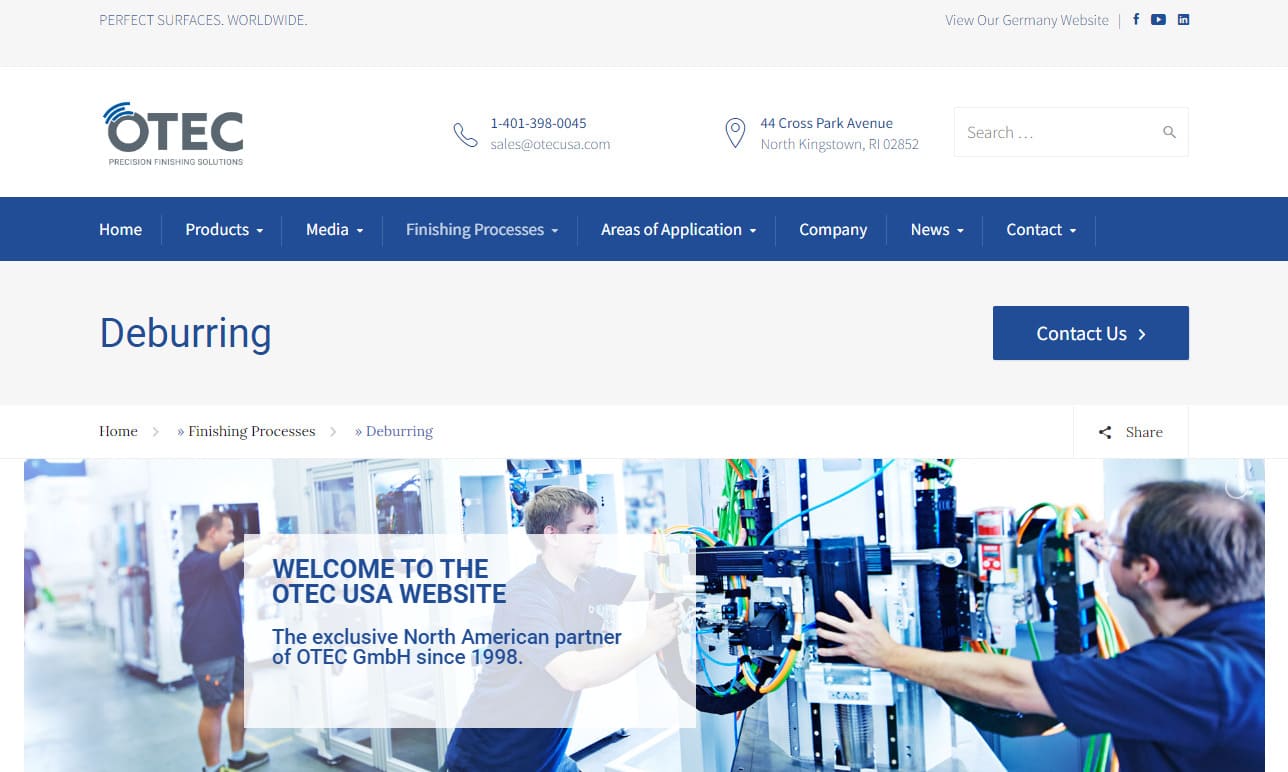
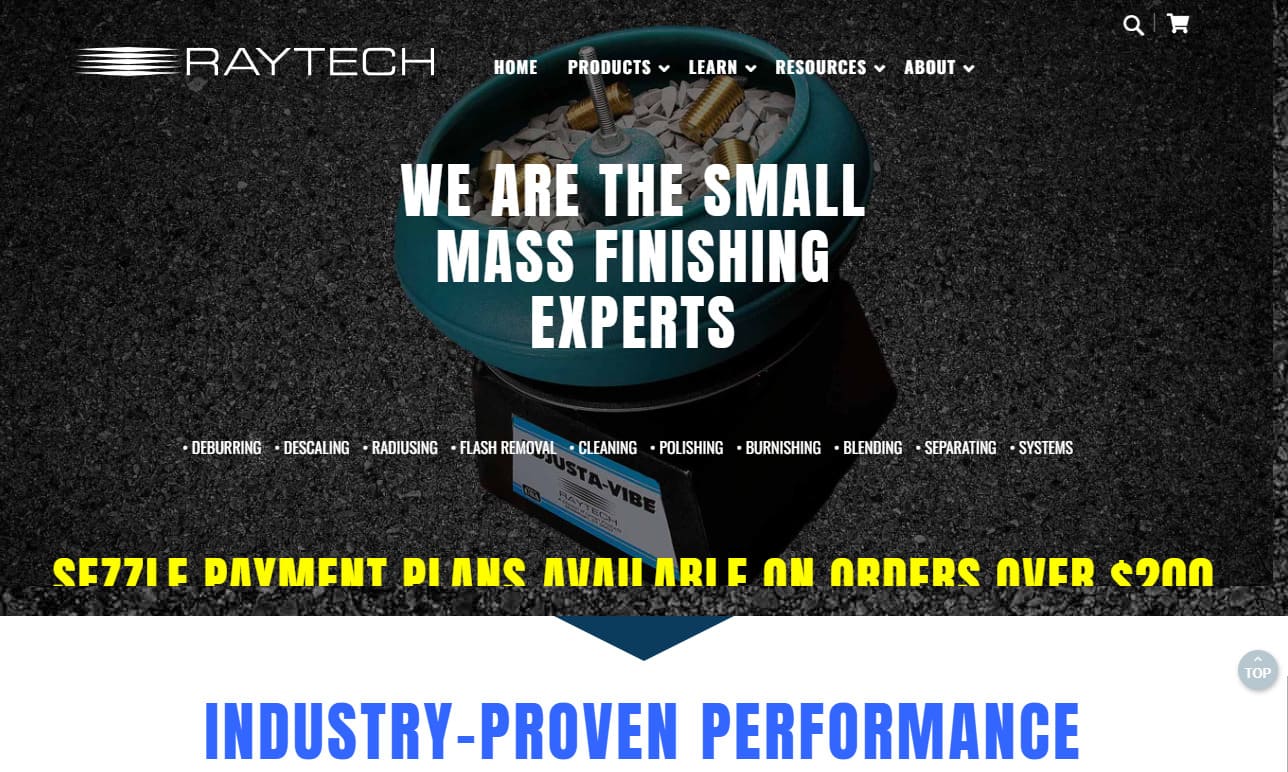
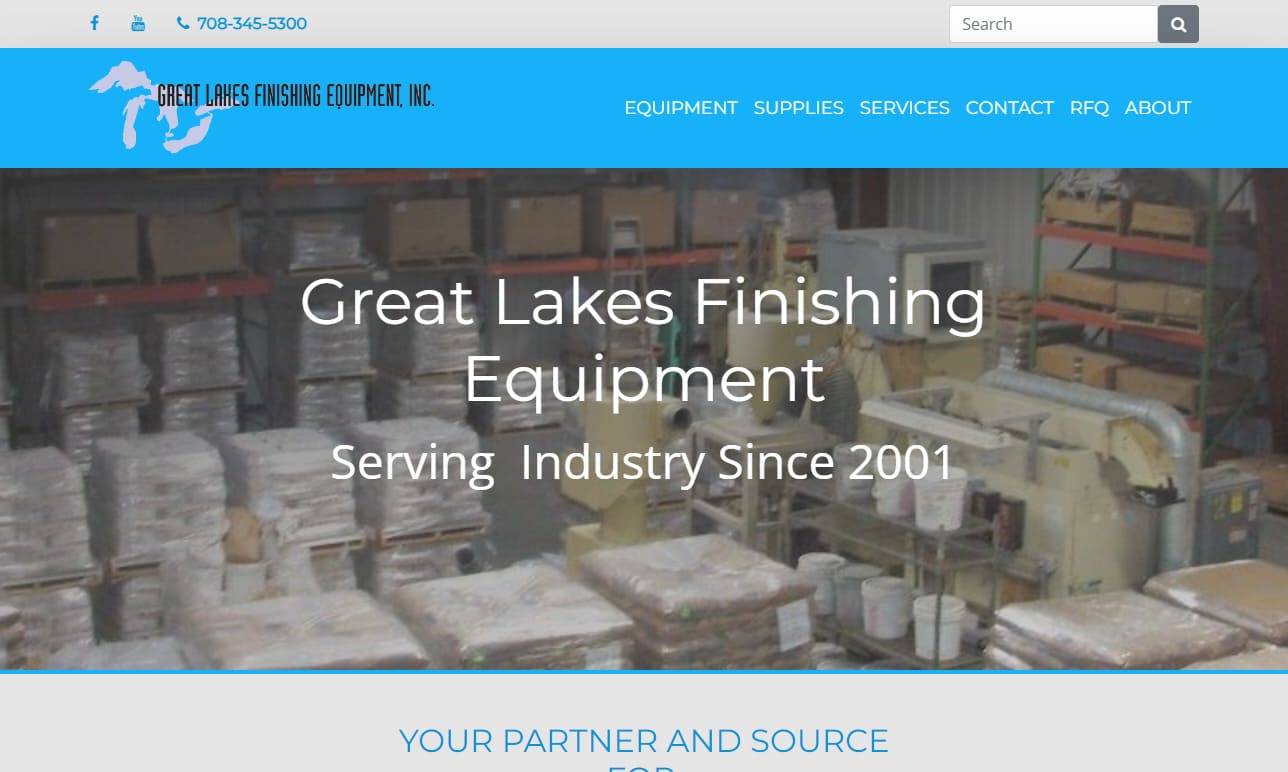

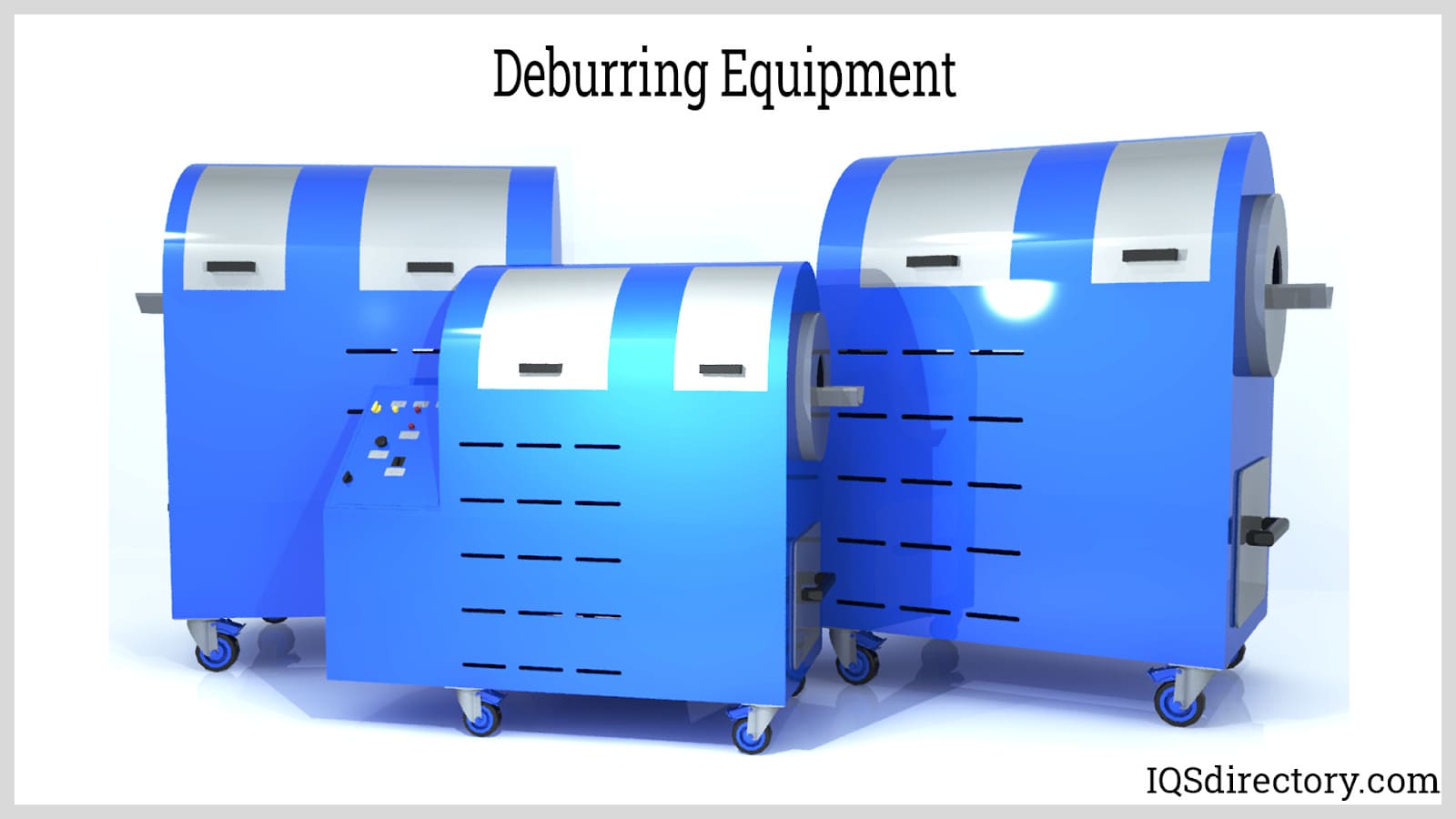
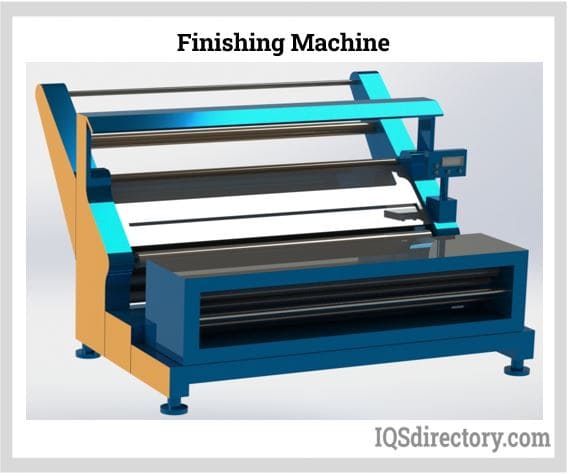
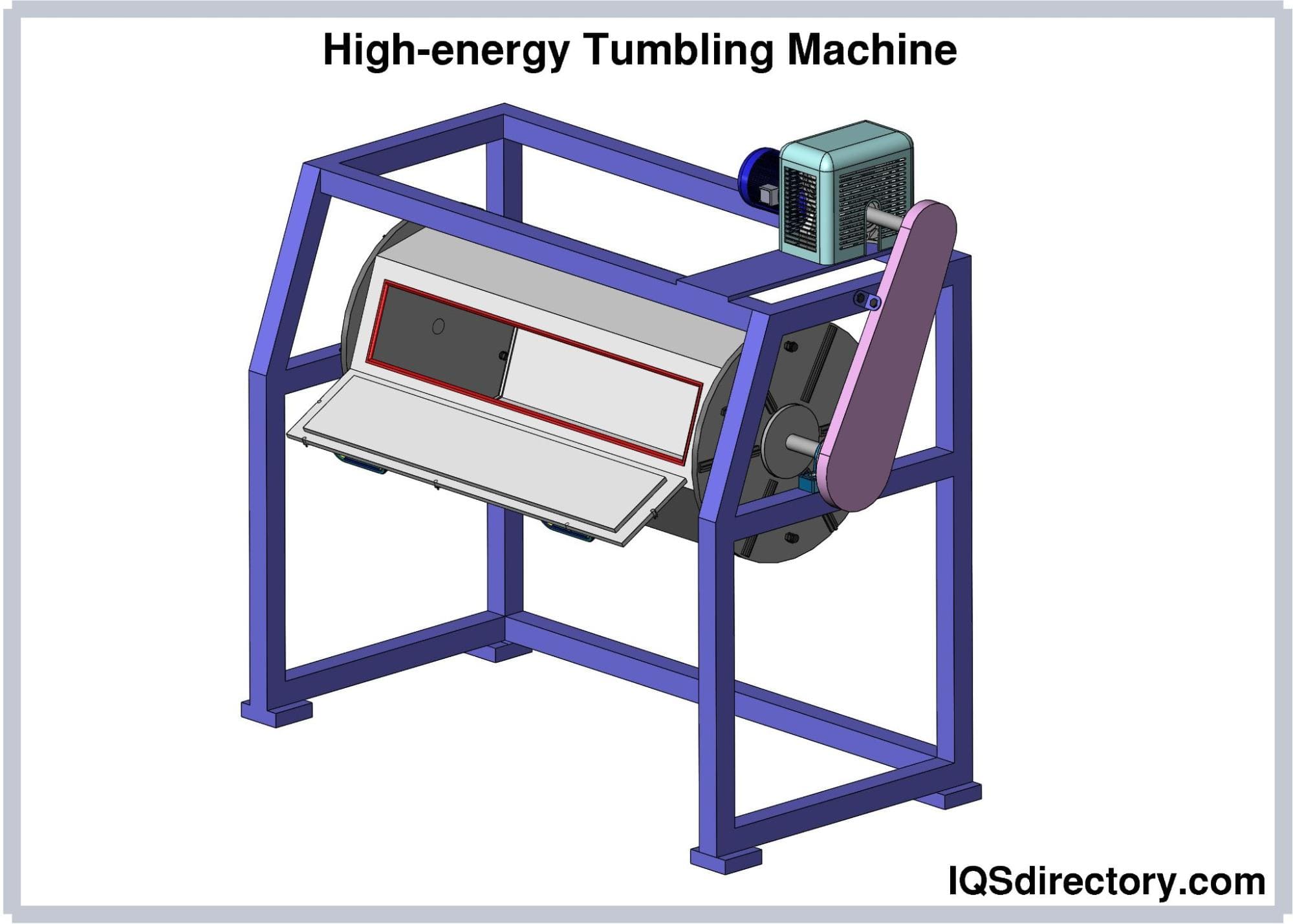
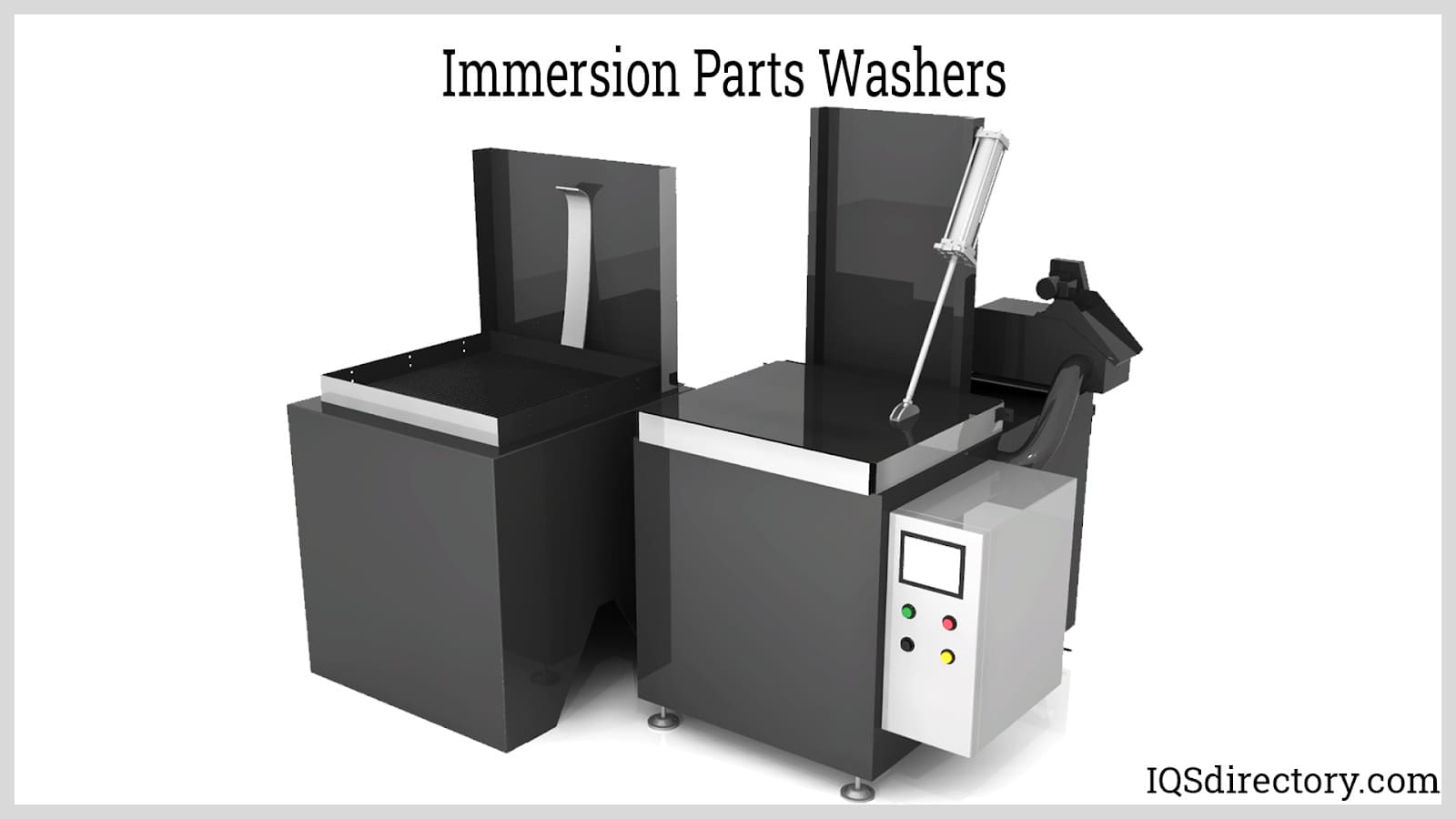
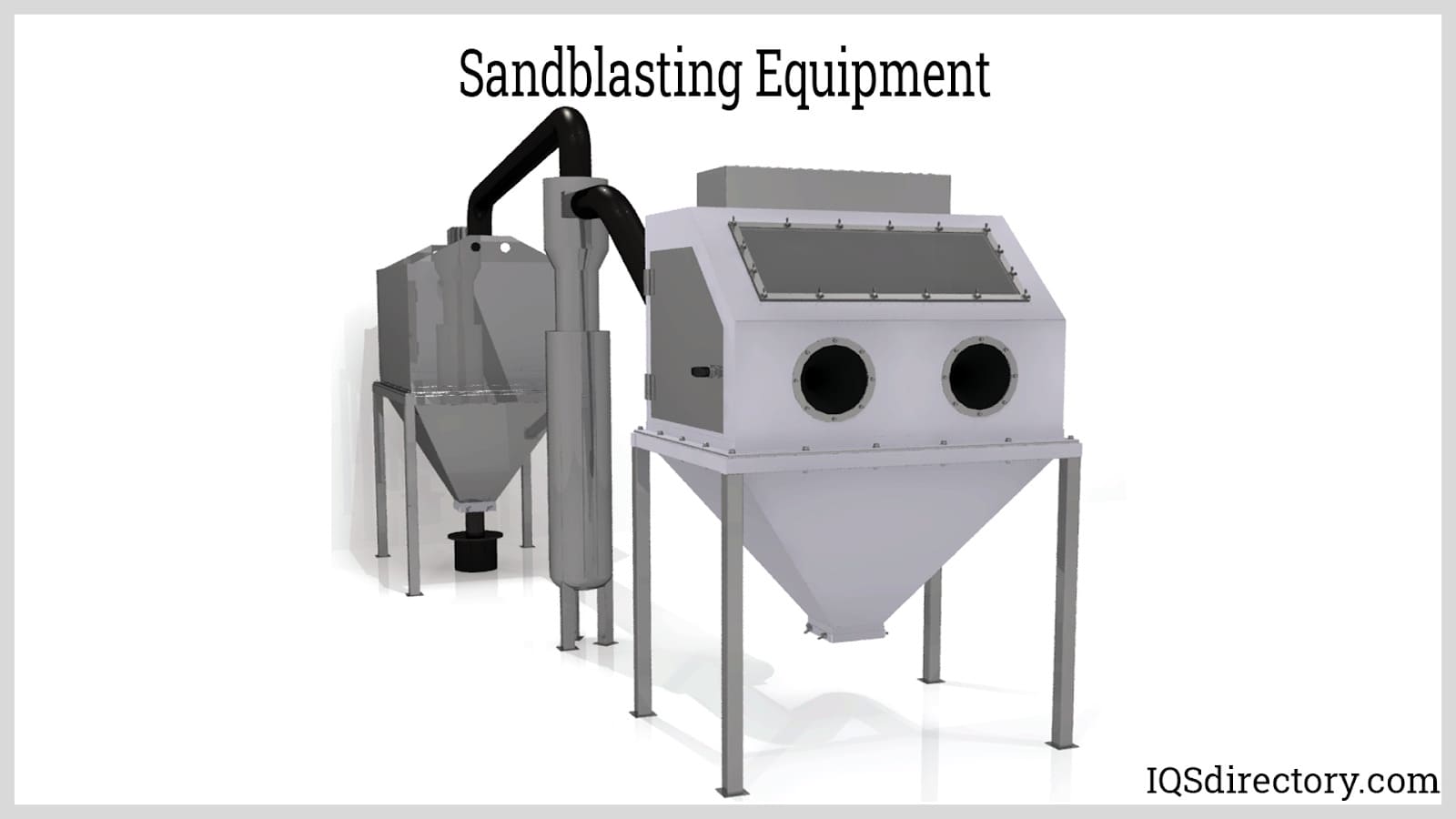
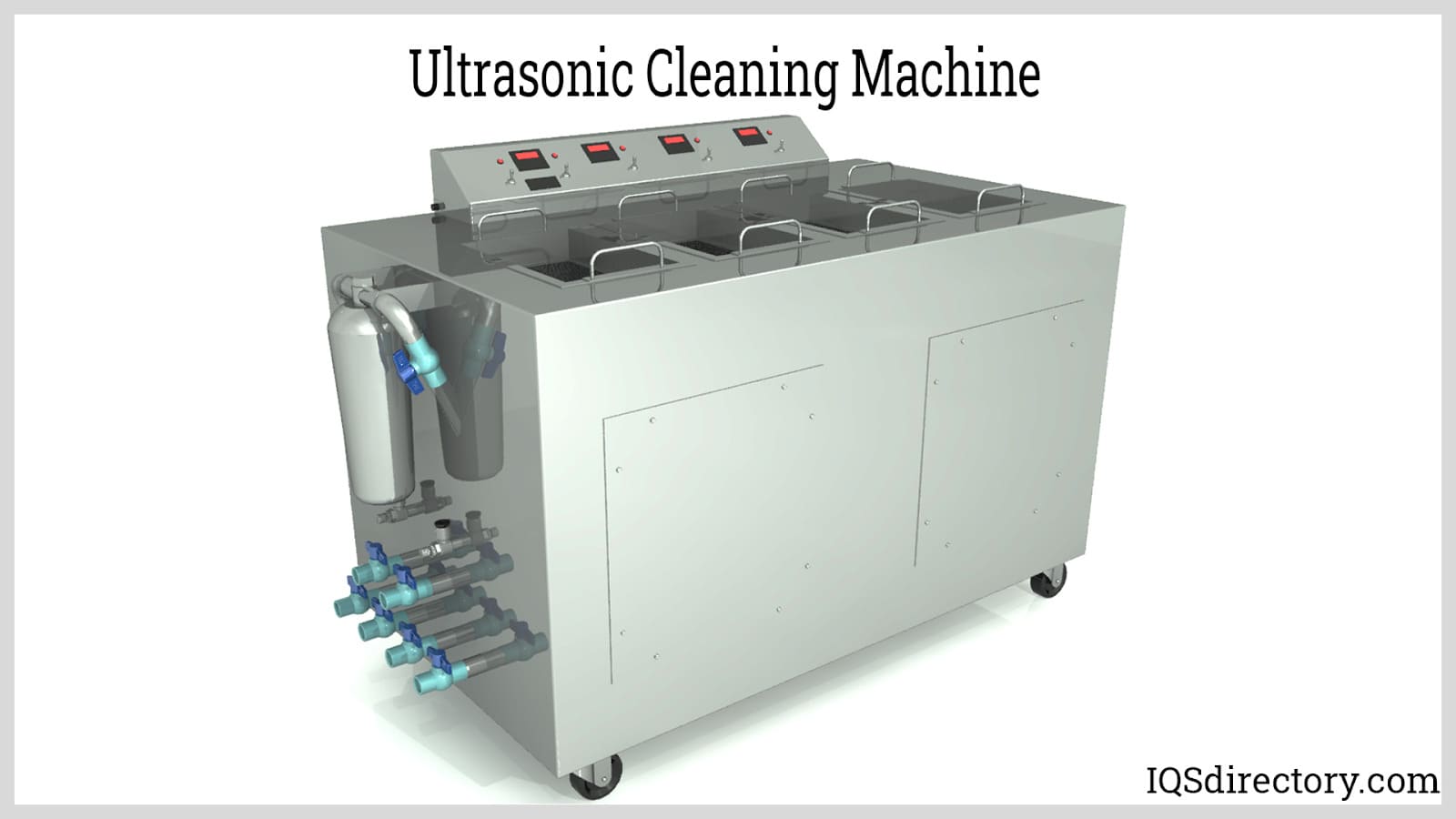
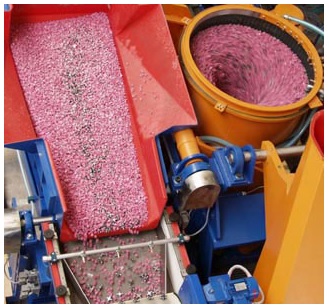 Deburring Machinery
Deburring Machinery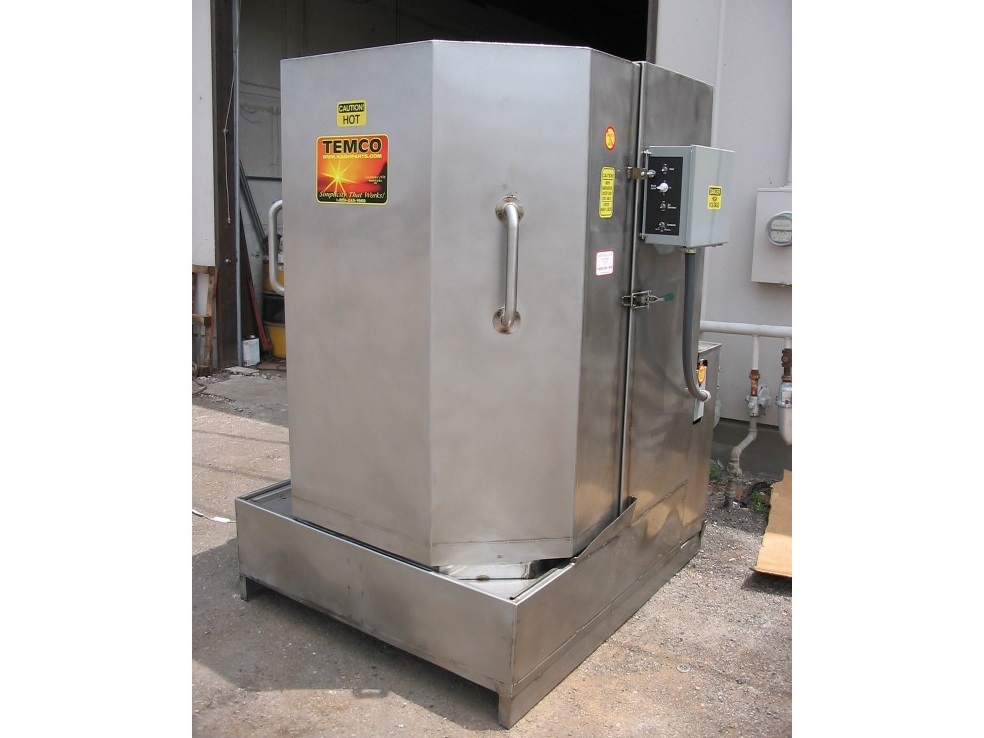 Industrial Parts Washers
Industrial Parts Washers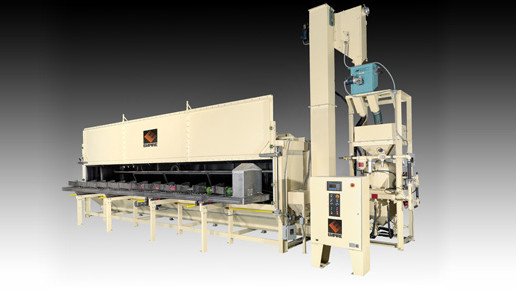 Sandblast Equipment
Sandblast Equipment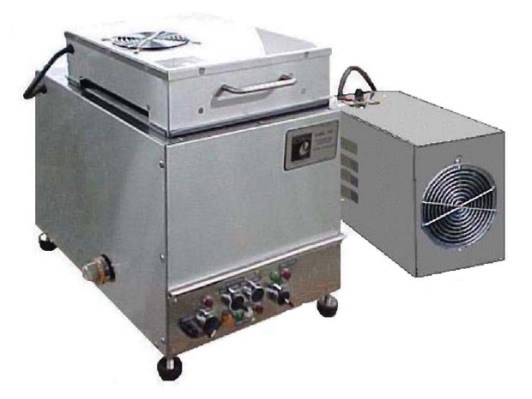 Ultrasonic Cleaners
Ultrasonic Cleaners Castings & Forgings
Castings & Forgings Bulk Material Handling
Bulk Material Handling Electrical & Electronic Components
Electrical & Electronic Components Flow Instrumentation
Flow Instrumentation Hardware
Hardware Material Handling Equipment
Material Handling Equipment Metal Cutting Services
Metal Cutting Services Metal Forming Services
Metal Forming Services Metal Suppliers
Metal Suppliers Motion Control Products
Motion Control Products Plant & Facility Equipment
Plant & Facility Equipment Plant & Facility Supplies
Plant & Facility Supplies Plastic Molding Processes
Plastic Molding Processes Pumps & Valves
Pumps & Valves Recycling Equipment
Recycling Equipment Rubber Products & Services
Rubber Products & Services